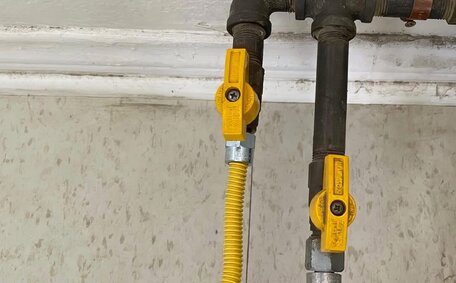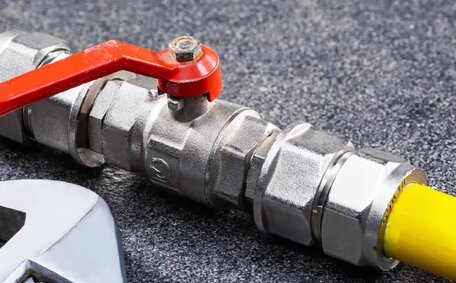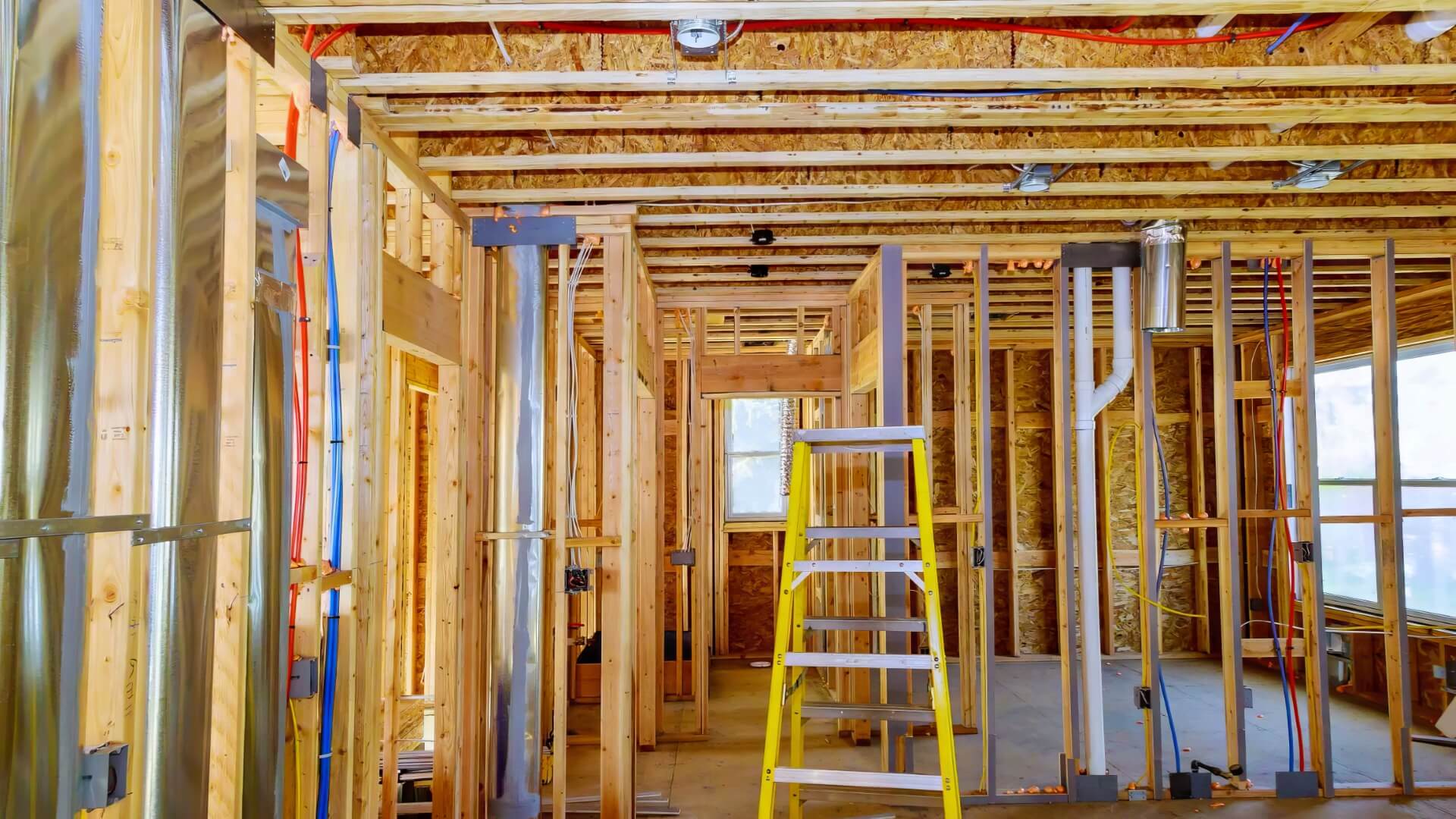
Natural Gas vs. Propane: What’s the Difference?
Propane and natural gas are popular fuel sources, but have different origins and properties. Propane delivers more BTUs per cubic foot. Natural gas is piped underground to homes.
Read MoreSpotting the early signs of a blocked drain is crucial to avoid more severe plumbing issues down the line. Here are some of the most common indicators your drain may be clogged:
If you notice any of these symptoms, it’s a good idea to take precautionary action right away. Start by trying a simple DIY drain cleaning with a plunger or baking soda and vinegar.
If the clog persists, call a professional plumber to properly diagnose and clear the blockage before it leads to pipe damage or sewage backups.
Catching a clogged drain early provides the best chance for a quick, affordable fix. So keep an eye out for the telltale signs and take steps to keep your drains free-flowing.
Using a simple plunger is an easy, inexpensive first step for clearing minor drain clogs. Follow these steps to safely and effectively use a plunger on a clogged drain:
A plunger works well for light clogs caused by hair, soap scum, or loose debris that hasn’t hardened over time. If plunging for 10-15 minutes doesn’t clear the clog, stronger methods may be needed.
Don’t use harsh force that could damage pipes. Call a professional plumber for persistent clogs or overflowing drains.
One of the easiest homemade methods for unblocking drains is combining baking soda and vinegar. The chemical reaction created by mixing these two ingredients generates pressurised bubbles that can help dislodge clogs.
To use this method:
Baking soda and vinegar offer a safe, inexpensive solution for minor clogs caused by grease, hair, and soap scum. However, this method may not be strong enough to clear very severe clogs or remove hardened blockages. Avoid using this remedy after commercial drain cleaners, as mixing the chemicals can be hazardous.
If the drain remains fully clogged after multiple baking soda/vinegar treatments, a professional plumber should be consulted to inspect and clear the blockage properly using mechanical snakes or hydrojetting equipment.
For stubborn drain clogs that persist after trying DIY methods, using a mechanical drain snake is often the best solution. Drain snakes, also called augers, are coil-shaped tools that can clear blockages located deep within pipes.
Here’s how to use a drain snake correctly and safely:
Mechanical drain snakes are effective at clearing clogs from grease, soap buildup, or other dense substances. They can reach blockages in sinks, tubs, laundry drains, and 20-30 feet into main sewer pipes. However, snakes won’t clear fully collapsed or broken pipes.
Only experienced DIYers should attempt using mechanical drain snakes, as improper use risks scratching pipes or getting the snake tangled. For deep clogs or sewer line issues, hire a professional plumber for expert drain cleaning.
For the most stubborn drain clogs and blockages caused by extensive tree root growth, professional hydrojetting is often the best and most effective solution.
Hydrojetting uses highly pressurised water to scour and dislodge debris. Many professional plumbers have industrial-grade jetting equipment that propels water at up to 5,000 PSI through specialised nozzles. This allows them to cut through and extract even the most dense or extensive clogs.
The key benefits of hydrojetting include:
However, DIY attempts at hydrojetting are strongly discouraged due to the extreme water pressures involved and the potential for pipe damage. Leave this method to qualified professionals with proper hydrojetting equipment and experience.
For extensive root growth causing recurring clogs, hydrojetting can thoroughly clear the existing blockage. However, to prevent future issues, damaged sewer pipes may need repairing or replacing completely.
Contact a professional plumbing company that offers hydrojetting services for the most severe clogging scenarios where other methods have failed. Proper hydrojetting can restore free drainage without the need for pipe replacement in many cases.
Although there are several DIY methods for clearing simple clogs, calling a professional plumber is recommended for severe or recurring drain blockages. Signs that professional help is needed include:
Experienced plumbers like Woollahra Plumbing have specialised equipment and expertise to inspect drain pipes, locate blockages, and employ methods like high-pressure hydrojetting when needed. We can also determine if damaged pipes need repairing or replacing.
For fast, reliable drain clearing services throughout Woollahra, Sydney contact Woollahra Plumbing today on 1300 349 338 or email [email protected]. Our skilled technicians are available 24/7.
While dealing with a clogged drain can be frustrating, taking preventative measures through regular maintenance can help avoid blockages and keep your plumbing operating smoothly long-term.
Here are some handy maintenance tips to help prevent clogged drains:
Taking the time for routine drain care can prevent many headaches down the road. Contact Woollahra Plumbing today if you need assistance getting your drains into tip-top shape. With regular maintenance, we can help your plumbing operate smoothly for years before requiring any significant repairs.
Installing protective devices like sink strainers, basket strainers, and hair catchers is a simple way to help prevent debris from accumulating in drains and causing unpleasant clogs.
Sink strainers can easily be installed in most standard sinks. Tighten firmly to create a watertight seal between the strainer and sink drain. Ensure any gaskets or washers provided are properly in place before securing the strainer.
Simply remove the existing sink drain stopper and place the strainer basket in the drain opening, securing it with the provided hardware per the manufacturer’s instructions.
Basket strainers can be installed in-line along drain pipes leading from appliances like dishwashers and washing machines. These are secured with threaded connections and provide an effective barrier for catching debris in the wastewater flow before it can clog pipes. They should be cleaned regularly.
Hair catchers are useful for capturing strands of hair around shower and tub drains. The catcher adheres around or inside the drain opening. Simply remove and clean the catcher periodically to dispose of accumulated hair before it can cause a more significant clog below.
Routine cleaning and maintenance of these protective drain devices is crucial to prevent overflowing debris that can still cause clogs. Always take care to reinstall strainers and catchers securely after cleaning. Contact a professional plumber if you need assistance installing or properly maintaining protective drain strainers in your home.
Making pipe and drain maintenance a regular habit is one of the best ways to avoid clogs and keep plumbing functioning optimally. Here are some helpful tips:
An ounce of prevention goes a long way to maintain free-flowing drains and pipes. Contact Woollahra Plumbing if you need professional assistance implementing a maintenance routine.
Having a professional plumber conduct a drainpipe camera inspection can be hugely beneficial for preventing and diagnosing drain blockages. This allows plumbers to visually inspect the interior condition of pipes and identify any issues early.
Some scenarios where a camera inspection would be recommended include:
The process involves inserting a waterproof camera on a flexible cable down the drain line to transmit video to a monitor. A thorough inspection will check all piping, connections, P-traps and joints for proper function. Any damaged sections, obstructions, or root invasion will be clearly visible.
The major advantage of camera inspections is the ability to pinpoint issues before they cause major plumbing failures or backups. Having a professional analysis can rule out underlying problems and provide valuable information to determine if repairs or maintenance are required.
For the most effective preventative maintenance, a professional drain inspection every 2-3 years is recommended. Contact your local plumber to schedule this valuable check-up.
Propane and natural gas are popular fuel sources, but have different origins and properties. Propane delivers more BTUs per cubic foot. Natural gas is piped underground to homes.
Read MoreUpgrading a gas meter improves safety and may be necessary over time. Our experienced team can guide you through the process, costs and timeframes involved to upgrade your gas meter.
Read MoreIf pipe relining fails due to severe damage, replacement may be required. We provide affordable pipe repairs in Sydney without excavation. Call today for pipe assessments. Our expert team will determine if pipe relining or full replacement is needed.
Read MoreWoollahra, 2025 NSW
We will call back as soon as possible.




